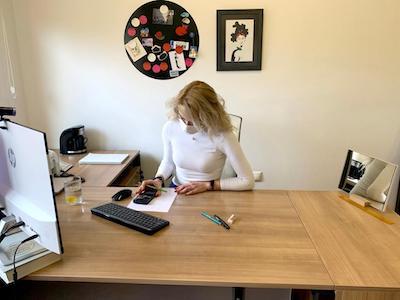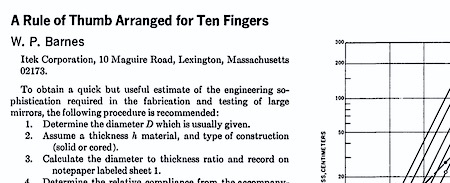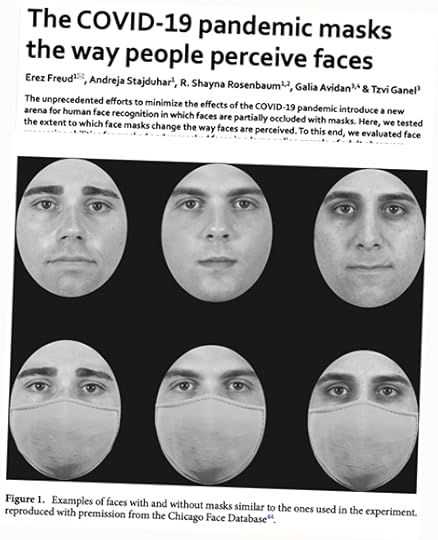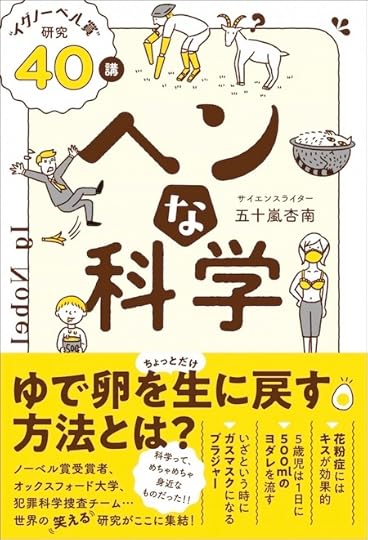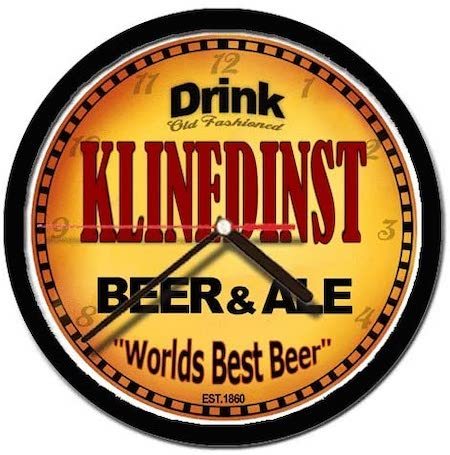Marc Abrahams's Blog, page 92
December 26, 2020
Turkish Test-Mirror Testing
Academia has celebrated, over the years, the Mirror Test (and, unrelated but equally colorful, the Marshmallow Test). Now comes Turkish Test-Mirror Testing, which virtually enhances confidence, to some degree, that students taking tests virtually are genuinely being tested on their own merits and so will be justifiably able to be passed onward by the university in their journeys toward some day receiving an academic degree. TRT World reports:
A Turkish university sends every student a mirror to cheat-proof exams
The prestigious Bilkent University in Ankara has decided that in order to ensure high standards and to prevent cheating on at-home exams, a mid-size mirror was necessary for each candidate….
“It turns out we are not the first to do this,” Chancellor Abdullah Atalar tells TRT World. He gives the example of Google job interviews as another venue for mirrors such as the ones they had produced.
“We are trying to secure the online exams for all of our students, by making sure that they only have the questions on their screen, and nothing else,” Atalar adds. “It’s not because we think our students cheat.”
“This is just one of the precautions we take,” Atalar says. “The students do not touch the keyboard or the mouse, we see their hands. They write their answers in their own handwriting and then scan their answers and send them to us so they can be graded by their instructors.”

December 25, 2020
A Rule of Thumb Arranged for Ten Fingers
A 1968 paper about mirror-making is a handy guide to a particular rule of thumb:
The paper is: “A Rule of Thumb Arranged for Ten Fingers,” W.P. Barnes and Frank Cooke, Applied Optics, vol. 7, no. 3, 1968, pp. 454-454. The authors, at Itek Corporation, explain:
To obtain a quick but useful estimate of the engineering sophistication required in the fabrication and testing of large mirrors, the following procedure is recommended:
1. Determine the diameter D which is usually given.
2.…
10. For subsequent calculations, omit steps 3, 5, and 6 and the latter two-thirds of step 2. Steps 7 and 8 will no longer apply. An appropriate punishment for those who persist in step 3 is suggested by the fact that both thumbs are now unoccupied.
What remains of this procedure is in fact useful.

December 22, 2020
Difficult to Recognize: Insights about Recognizing Masked Faces
Some people might find it difficult to recognize the insights in this new study about whether people find it more difficult to recognize faces that are obscured by masks:
“The COVID-19 pandemic masks the way people perceive faces,” Erez Freud, Andreja Stajduhar, R. Shayna Rosenbaum, Galia Avidan, and Tzvi Ganel, Scientific Reports, vol. 10, no. 22344, 2020. The authors, at York University, Canada, Rotman Research Institute, Canada, and Ben-Gurion University of the Negev, Israel, explain:
“The unprecedented efforts to minimize the effects of the COVID-19 pandemic introduce a new arena for human face recognition in which faces are partially occluded with masks. Here, we tested the extent to which face masks change the way faces are perceived…. As expected, a substantial decrease in performance was found for masked faces…. [We] provide novel evidence for quantitative and qualitative alterations in the processing of masked faces that could have significant effects on daily activities and social interactions.”
(Thanks to Scott Langill for bringing this to our attention.)

Adám Lovas-Kiss, Undersung Scientist
 This month’s Undersung Scientist of the Month is Dr. Adám Lovas-Kiss of the DRI Wetland Ecology Research Group of the Centre for Research Ecology (which has been authorized to use the label “Hungarian Academy of Sciences Centre of Excellence”).
This month’s Undersung Scientist of the Month is Dr. Adám Lovas-Kiss of the DRI Wetland Ecology Research Group of the Centre for Research Ecology (which has been authorized to use the label “Hungarian Academy of Sciences Centre of Excellence”).
Dr. Lovas-Kiss’ is not entirely unsung, just undersung. His work has achieved some fame, much of it from the study “Whole Angiosperms Wolffia columbiana Disperse by Gut Passage Through Wildfowl in South America,” G.G. Silva, A.J. Green, V. Weber, P. Hoffmann, Á. Lovas-Kiss, C. Stenert, and L. Maltchik, Biology Letters, vol. 14, no. 12, 2018, 20180703. The discovery reported in that paper can be summarized in the slogan “Living Duckweed Gets Air Travel Passage by Internal Passage Through Ducks.”
[CAUTION: One must not mistake Dr. Adám Lovas-Kiss with another too-little-sung Dr. Lovas-Kiss: Dr. Antal Lovas-Kiss, author of the study “How dog owners perceive public space when walking their dogs?” published in: Mental Mapping. The Science of Orientation. New Approaches to Location – Spatial Patterns of the Global Economy Conference, Schenk Verlag, Passau, pp. 137-150.]
In the Footsteps of Shit Fun Chew
This is the first time Dr. Adám Lovas-Kiss has been celebrated as Undersung Scientist of the Month. Dr. Lovas-Kiss now has a chance to follow in the tradition of Dr. Shit Fun Chew, who was celebrated as Undersung Scientist of the Month three times—in 2004, again in 2010, and yet gain in 2011.
Dr. Shit Fun Chew was further celebrated in 2012 for her research study about certain turtles peeing-through-the-mouth.

December 21, 2020
Podcast Episode #1047: “Garlic — Sensory Pleasure or Social Nuisance?”
In Podcast Episode #1047, Marc Abrahams shows an unfamiliar research study to Chris Cotsapas. Dramatic readings and reactions ensue.
The research mentioned in this episode is featured in the special Smelly issue (Vol. 22, #2) of the Annals of Improbable Research Magazine.

Remember, our Patreon donors, on most levels, get access to each podcast episode before it is made public.
Chris Cotsapas encounters:
“Garlic: A Sensory Pleasure or a Social Nuisance?” Susanna Rosin, Hely Tuorila, and Antti Uutela, Appetite, vol. 19, no. 2, October 1992, pp. 133-43.
Seth Gliksman, Production Assistant
Available on Spotify, Apple Podcasts, Overcast, Google Podcasts, AntennaPod, BeyondPod and elsewhere!

ALL CAPS in legal documents – superstitious? [study]
 When consumers come across vast swathes of legal text presented in ALL CAPS (example) , do they pay more attention to it?
When consumers come across vast swathes of legal text presented in ALL CAPS (example) , do they pay more attention to it?
An old anecdote tells of Niels Bohr, the Nobel-winning physicist, whose door was adorned by a horseshoe. When asked by an incredulous guest whether he believed in such superstition, Bohr replied that “I’ve been told that it works even if you don’t believe in it.”
Bohr’s quote is cited in a November 2020 paper from the University of Alabama School of Law, in which Professor Yonathan Arbel and Assistant Professor Andrew Toler examine the wisdom (or otherwise) of using blocks of ALL CAPS in legal documents.
This study explores the common practice of using all-caps in consumer contracts and finds that the belief in their power borders on the superstitious. Courts and legislators endorse this practice as a means of improving consumer consent, given the lack of attention consumers pay to the fine print. In reality, however, all-caps relies on no empirical support and the evidence produced here suggests that all-caps is actively harmful to older readers. The fact that all-caps is so widespread suggests that the stakes of this superstition are significant even for those who do not believe in it. In myriad cases, courts have been enforcing terms against consumers which they erroneously thought consumers notice and understand.
See: ALL-CAPS in the Journal of Empirical Legal Studies,Volume 17, Issue 4. A (full) draft copy of which may be found here via U of Alabama Legal Studies Research Paper No. 3519630
Research research by Martin Gardiner

December 18, 2020
Misery at Hearing Other People Chew [Ig Informal Lecture]
Here is the Ig Informal Lecture by the winners of the 2020 Ig Nobel Medicine Prize.
The Ig Nobel Prizes honor achievements that make people LAUGH, then THINK. In the Ig Informal Lectures, some days after the ceremony, the new Ig Nobel Prize winners attempt to explain what they did, and why they did it. [In non-pandemic years, the lectures happen at MIT, in Cambridge, Massachusetts, two days after the Ig Nobel Prize ceremony. But in the pandemic year 2020, it’s all happening online.]
The 2020 Ig Nobel Prize for Medicine was awarded to Nienke Vulink, Damiaan Denys, and Arnoud van Loon, for diagnosing a long-unrecognized medical condition: Misophonia, the distress at hearing other people make chewing sounds.
They documented their research, in these studies:
“Misophonia: Diagnostic Criteria for a New Psychiatric Disorder,” Arjan Schroder, Nienke Vulink, and Damiaan Denys, PLoS ONE, vol. 8, no. 1, 2013, e54706.
“Cognitive Behavioral Therapy is Effective in Misophonia: An Open Trial,” Arjan E. Schröder, Nienke C. Vulink, Arnoud J. van Loon, and Damiaan A. Denys, Journal of Affective Disorders, vol. 217, 2017, pp. 289-294..
Schedule
We will release The Ig Informal Lectures, one at a time, here on www.improbable.com, and on YouTube. Here are the release dates:
November 26th, 2020: Economics
December 3rd, 2020: Psychology
December 17th, 2020: Medicine
December 24th, 2020: Physics
December 31st, 2020: Entomology
January 7th, 2021: Acoustics
January 14th, 2021: Materials Science

December 17, 2020
Using Hot Coffee to Dislodge Meat in the Throat
If someone has a hunk of meat stuck in their throat, should you advise them to drink a mouthful of hot coffee to dislodge the meat? This study suggests an answer to that question.
“Esophageal Hematoma Associated with the Bolus Ingestion of Hot Coffee,” Yorinari Ochiai, Daisuke Kikuchi, and Shu Hoteya, Internal Medicine, epub 2020. The authors, at Toranomon Hospital, Japan, report:
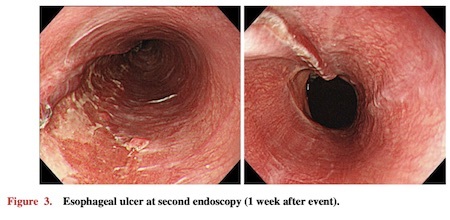
“A 59-year old woman presented with pharyngeal discomfort and dysphagia starting the previous day. Esophagogastroduodenoscopy revealed a longitudinal reddish area and hematoma mainly on the left wall of the esophagus. On the previous day, she had felt a piece of meat sticking in her throat while eating; she therefore rapidly gulped down some hot coffee to hasten the passage of the meat. Based on the history, we diagnosed her endoscopic findings as esophageal hematoma and thermal injury associated with hot coffee.”

December 16, 2020
Anna Ikarashi’s new book about the Ig Nobel Prizes
Congratulations to Anna Ikarashi and to Sogo Horei Publishing, for their new book Strange Science—40 Ig Nobel Prize Researches!
The country of Japan, in addition to being one of the most prolific, efficient, and gleeful producers of Ig Nobel Prize winners, is also one of the most prolific, efficient, and gleeful producers of books, mangas, and other literature, TV programs, and exhibitions about Ig Nobel Prize winners.http://www.horei.com/book_978-4-86280...

December 15, 2020
Headline Power: Wine + Cheese + Cognitive
A new press release demonstrates how to draw attention (as yours is drawn right now) to a press release by including the words “wine”, “cheese”, and “cognitive” in the headline:
Diet modifications — including more wine and cheese — may help reduce cognitive decline, study suggests
Date: December 10, 2020
Source: Iowa State University
Summary: The foods we eat may have a direct impact on our cognitive acuity in our later years, according to new research. The findings show cheese protected against age-related cognitive problems and red wine was related to improvements in cognitive function.
 The study itself is: “Genetic Factors of Alzheimer’s Disease Modulate How Diet Is Associated with Long-Term Cognitive Trajectories: A UK Biobank Study,” Brandon S. Klinedinst, Scott T. Le, Brittany Larsen, Colleen Pappas, Nathan J. Hoth, Amy Pollpeter, Qian Wang, Yueying Wang, Shan Yu, Li Wang, Karin Allenspach, Jonathan P. Mochel, David A. Bennett, Auriel A. Willette [pictured here], Journal of Alzheimer’s Disease, Volume 78, Number 3, 2020, pages 1245-1257.
The study itself is: “Genetic Factors of Alzheimer’s Disease Modulate How Diet Is Associated with Long-Term Cognitive Trajectories: A UK Biobank Study,” Brandon S. Klinedinst, Scott T. Le, Brittany Larsen, Colleen Pappas, Nathan J. Hoth, Amy Pollpeter, Qian Wang, Yueying Wang, Shan Yu, Li Wang, Karin Allenspach, Jonathan P. Mochel, David A. Bennett, Auriel A. Willette [pictured here], Journal of Alzheimer’s Disease, Volume 78, Number 3, 2020, pages 1245-1257.
Wine Versus Beer
The University of Hertfordshire demonstrated, on that same day (December 10, 2020), that similar results might (or might not!) be obtained using the words “beer”, “exposure”, and “capture” in the headline of a press release:
Longest known exposure photograph ever captured using a beer can
BONUS (unrelated, except superficially): The KLINEDINST beer and ale cerveza wall clock:

Marc Abrahams's Blog
- Marc Abrahams's profile
- 14 followers


